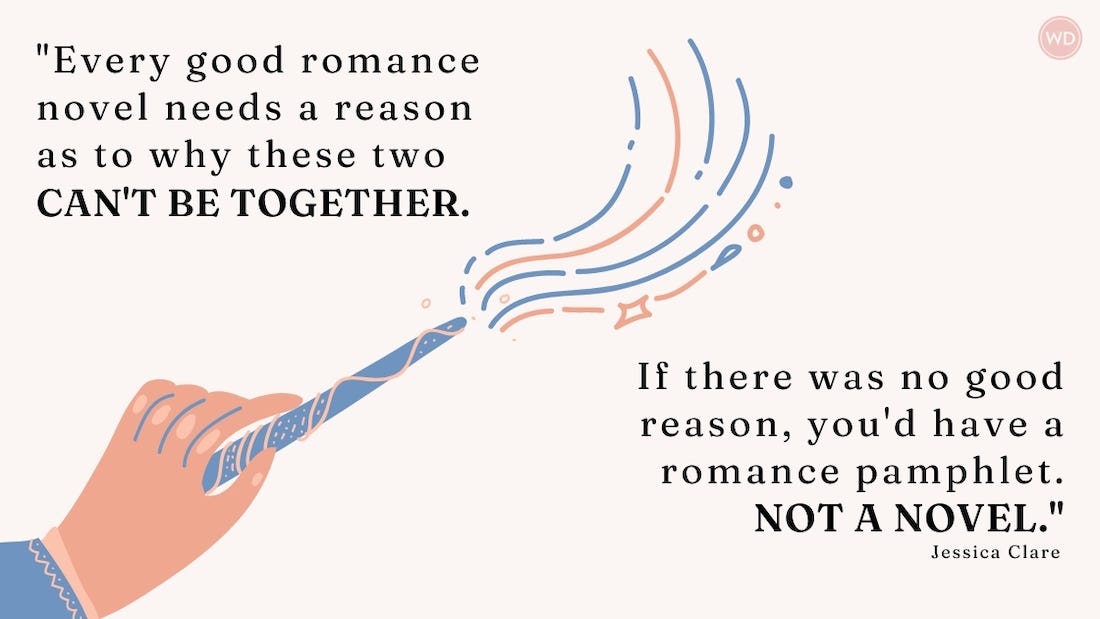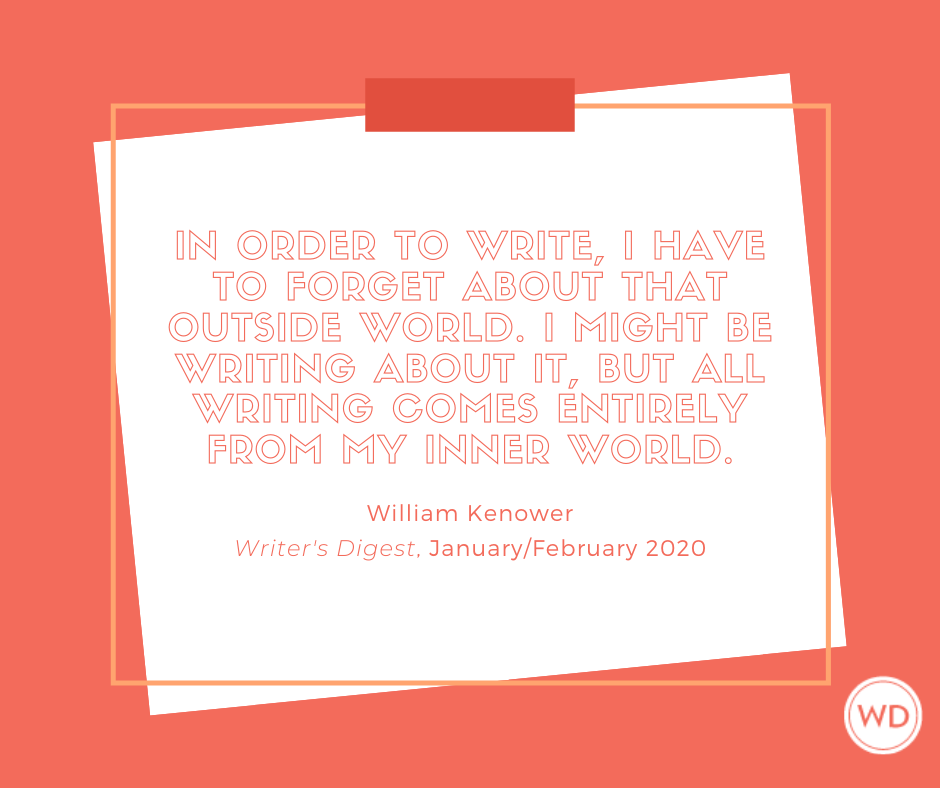Reject A Hit: The Very Hungry Caterpillar
Let’s step once again into the role of the unconvinced, perhaps even curmudgeonly or fool-hearted editor: What harsh rejection letters might the authors of some of our favorite hit books have had to endure? This issue’s contribution comes from Kristina Wojtaszek, who tackled Eric Carle’s children’s classic, The Very Hungry Caterpillar.
Let's step once again into the role of the unconvinced, perhaps even curmudgeonly or fool-hearted editor: What harsh rejection letters might the authors of some of our favorite hit books have had to endure?
This issue's contribution comes from Kristina Wojtaszek, who tackled Eric Carle's children's classic, The Very Hungry Caterpillar.
March 2, 1968
Dear Mr. Carle,
Thank you for the submission of your colorful book THE VERY HUNGRY CATERPILLAR. We appreciate all efforts to bring the natural world to life for our young readers. Unfortunately, I found quite a few holes in your story.
I’m going to assume you meant your main character to be a representation of the azalea caterpillar (Datana major). This is the closest match I can make to your fearsome, redheaded caricature. It seems you intended the caterpillar to be the larva of a butterfly (in which case you should have called its “home” a chrysalis), but this species is in fact a drab moth. I’m sure you can see how this could be quite confusing for a budding naturalist.
Also, I was highly disappointed by the sudden gluttony exhibited as your creature gorged on such ridiculous foods as sausage and suckers. I was reminded of the Danish folk tale “The Fat Cat,” and wondered if next he might eat his way through a child! In fact, most caterpillars thrive on the leaves of a singular species of plant. It would also have been prudent to show that caterpillars do not simply inhale anything in sight and instantly become portly (per your depiction). There is a succession of skin shedding that usually occurs over a longer time period than one week.
In short, I don’t think the parents of our sensitive readers would appreciate a caterpillar with a face like “The Scream” that revels in obesity and then morphs into an alien species of butterfly. We wish to inspire a great wonder for animals in nature with our published works, as well as to portray them as accurately as feasible. I suggest you take a course in entomology before submitting another such fantastical tale.
Respectfully,
Peter Pest, Editor
Little Leaf Press
Brian A. Klems is the former Senior Online Editor of Writer’s Digest, and author of Oh Boy, You’re Having a Girl (Adams Media/Simon & Schuster). Follow him on Twitter @BrianKlems.






